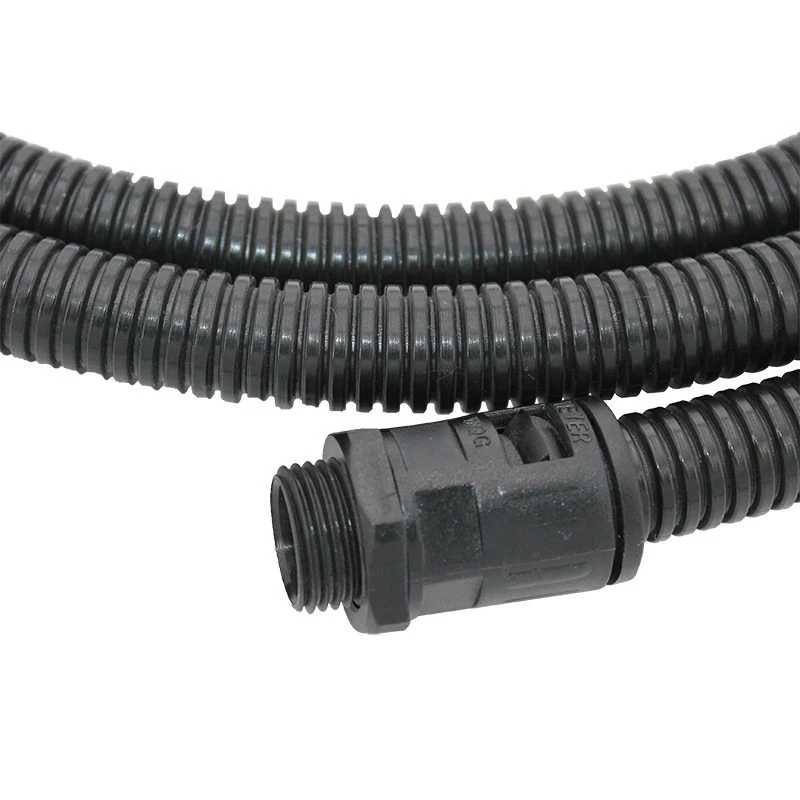plastic drag chain
Understanding Plastic Drag Chains Applications and Benefits
Plastic drag chains, also known as cable carriers or energy chains, are essential components in various industries, facilitating the organized management of cables and hoses in moving machinery. These innovative systems are designed to protect and guide energy supply lines, ensuring seamless operation in environments where motion and flexibility are paramount.
What Are Plastic Drag Chains?
Plastic drag chains are typically composed of high-quality plastic materials that offer durability and resistance to wear. They consist of a series of interlinked segments that form a channel in which cables, hoses, and other flexible elements can be neatly stored. The design of these chains allows them to move with mechanical systems while minimizing friction and wear on both the cables and the chain itself.
The Functionality of Plastic Drag Chains
The primary function of a plastic drag chain is to support and protect cables and hoses in systems that have motion—such as robotics, CNC machines, and conveyor systems. During operation, these chains move in a predictable manner, which eliminates the risk of tangling or damaging the cables. By providing an organized path for cables, plastic drag chains help enhance the efficiency of machine operations and contribute to the longevity of the energy supply lines they house.
Advantages of Using Plastic Drag Chains
1. Durability and Resistance Plastic drag chains are engineered to withstand harsh environments, including exposure to chemicals, UV radiation, and extreme temperatures. This durability makes them suitable for a wide range of applications, from industrial machinery to outdoor equipment.
2. Customization One of the significant advantages of plastic drag chains is their customizable nature. Manufacturers can design chains in various sizes, lengths, and configurations to meet specific application needs. Additionally, the internal space can be tailored to accommodate different types of cables and hoses, making these chains highly versatile.
plastic drag chain

3. Ease of Installation Plastic drag chains are designed for straightforward installation and maintenance. Many products come with modular components that allow for quick assembly and disassembly, reducing downtime during repairs or upgrades.
4. Reduced Friction and Wear The design of plastic drag chains ensures that cables and hoses glide smoothly within the carrier, significantly reducing friction and wear. This characteristic minimizes the need for frequent replacements of cables, contributing to lower operating costs over time.
5. Noise Reduction In addition to their protective capabilities, plastic drag chains help reduce noise levels in machinery operations. The organized management of cables minimizes rattling and clattering, promoting a quieter working environment.
6. Aesthetic Appeal While functionality is critical, the aesthetic aspect of plastic drag chains should not be overlooked. With a variety of colors and designs available, these chains can be integrated seamlessly into different machines, providing a polished look.
Applications Across Industries
Plastic drag chains are utilized across numerous industries, including manufacturing, aerospace, automotive, electronics, and robotics. Their applications range from supporting robotic arms in assembly lines to managing wiring in automated guided vehicles (AGVs). The adaptability and efficiency they bring to various systems make them an integral part of modern engineering solutions.
Conclusion
In conclusion, plastic drag chains play a crucial role in contemporary machinery and automation. Their combination of durability, customization, ease of installation, and efficiency makes them an invaluable asset for industries focused on optimizing performance and minimizing downtime. As technology continues to evolve, the demand for innovative solutions like plastic drag chains will undoubtedly grow, supporting the next generation of automated systems and machinery.








